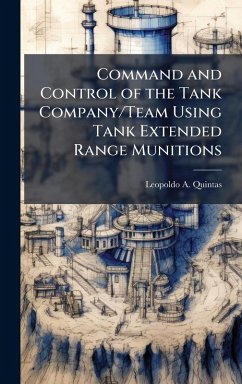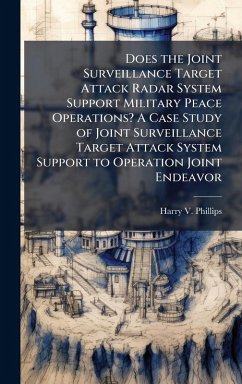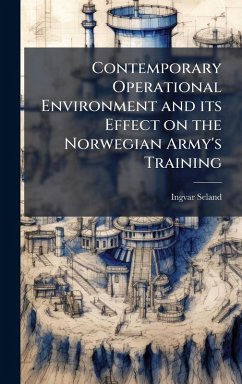
Tank-Attack Helicopter in the European Mid-Intensity Conflict Environment
Versandkostenfrei!
Versandfertig in über 4 Wochen
29,99 €
inkl. MwSt.
Weitere Ausgaben:

PAYBACK Punkte
15 °P sammeln!
The problem undertaken in this thesis is to determine whether or not the main battle tank or attack helicopter is competitive or compatible anti-armor weapons systems in a European mid-intensity conflict environment. The genesis of the problem resides in the quantitative imbalance of main battle tanks that exist between the forces of NATO and the Soviet-led Warsaw Pact. This imbalance was assessed initially by comparing the Lanchesterian square law with direct empirical plots of historical via-loss results. It was determined that combat success can be independent of force ratios provided the n...
The problem undertaken in this thesis is to determine whether or not the main battle tank or attack helicopter is competitive or compatible anti-armor weapons systems in a European mid-intensity conflict environment. The genesis of the problem resides in the quantitative imbalance of main battle tanks that exist between the forces of NATO and the Soviet-led Warsaw Pact. This imbalance was assessed initially by comparing the Lanchesterian square law with direct empirical plots of historical via-loss results. It was determined that combat success can be independent of force ratios provided the numerically inferior force possesses a qualitative advantage. From this juncture, qualitative advantage was measured by use of an operational effectiveness analysis model. In operationalizing this model, the systems design and combat performance of the M60Al main battle tank and TOW Cobra attack helicopter were tested to determine if either was the superior anti-armor weapons system. The overall conclusion drawn from the operational effectiveness analysis is that the main battle tank and attack helicopter are not competitive anti-armor systems in that neither affords a marked advantage over the other. Instead, they are highly compatible anti-armor systems that are best employed using offensive principles where their mobility, firepower, and survivability can be optimized. This work has been selected by scholars as being culturally important, and is part of the knowledge base of civilization as we know it. This work was reproduced from the original artifact, and remains as true to the original work as possible. Therefore, you will see the original copyright references, library stamps (as most of these works have been housed in our most important libraries around the world), and other notations in the work. This work is in the public domain in the United States of America, and possibly other nations. Within the United States, you may freely copy and distribute this work, as no entity (individual or corporate) has a copyright on the body of the work. As a reproduction of a historical artifact, this work may contain missing or blurred pages, poor pictures, errant marks, etc. Scholars believe, and we concur, that this work is important enough to be preserved, reproduced, and made generally available to the public. We appreciate your support of the preservation process, and thank you for being an important part of keeping this knowledge alive and relevant.












